
In preparation for the National Design Award of Latvia, every Thursday designer Miķelis Baštiks interviews one of the members of the competition’s jury in a video call. In cooperation with the organisers of the Award, we are publishing summaries of these conversations. In this interview, Miķelis talks to design policy researcher and adviser Piotr Świątek who emphasises the importance of design in fulfilling the strategic goals of European policies.
For almost ten years now, Piotr has been investigating the crossroads of the public sector, government and design. After graduating in Finance and Accounting from the Cracow University of Economics, he obtained his Master’s degree in Culture Management at Jagiellonian University in Cracow. He has also completed the Advanced Service Design course at Central Saint Martins and the Engaging with Government programme at the Institute for Government in London. Piotr’s professional design career started with various roles at Zamek Cieszyn design centre where he wrote the Polish Design Manifesto. In 2014, Piotr joined PDR, the International Design and Research Centre at Cardiff Metropolitan University. Since then he has been working on design interventions in local and regional councils, Welsh Government, various departments of the British Government, Latvian Government and European Central Bank. His work contributed to the development of design policies in Latvia, Poland, Ireland, France, and Barbados among others. Since May 2020, he has been a Treasurer and Board Member of BEDA.
You started with studies of finance and accounting. What motivated you to move to cultural management and then eventually to design management and design policy?
Since I can remember, I always liked to be surrounded by well-designed things, by beautiful things. I think I have this innate admiration of good design. During my economics studies, in my free time I started to get engaged in various design initiatives like design festivals, events. I started thinking how to combine my economic background with my passion for design, and that’s when I came across the concept of design management. Design management is very much about the process, about how to use design effectively in a company for operational activities, such as choosing logos and colours, but also how to progress design further to incorporate it in organisational processes, or implementing design strategies in a company. The more I learned about design approach and the fact that it’s not about how things look — it’s about functionality, it’s about the process — I got more and more interested in how to use a design approach in other disciplines. I thought, it’s such a great method, great process that it should be promoted in other spheres of life. At the time, there wasn’t much in the educational offering in Poland in regards to design management or service design. But I was really lucky to find open-minded professors in Krakow in my alma mater who wanted to explore this subject with me. And that’s how I got on the journey with design policy.
Can you explain, in simple terms, what is strategy design? You said that it’s a process, but what does that process look like?
I think that there are two things here. One thing is design strategy. So, a company can write a strategic document about how they want to use design to promote their company, to use it for competitiveness. And the other thing is design for strategy — how to use the design process. I usually use the Design Council’s Double Diamond process to explain what design process looks like and use that process of discovering, defining, developing and delivering to develop strategies.
You have also been working on a Polish design manifesto. Why do you think it’s important to have a design manifesto for a country and particularly for Poland?
[While] collecting data for my dissertation, I was working with Castle Cieszyn. Castle Cieszyn is a very interesting place. I always rave about it and recommend everyone to go. It’s a design promotion centre in a small town on the Polish-Czech border. They really pushed the design agenda in Poland with lots of events, exhibitions, and forward-thinking workshops. They were part of a European project that was focusing on design promotion and design support — how to make the best conditions for the design sector to grow and to contribute to other sectors of the economy. As part of that, we had a lot of meetings with European partners, and I started to learn about the approaches of other countries, for example, Denmark, which was the first country in Europe to have an explicit design policy — a strategic document on the government level that promoted design and supported design activity in the country.
If I remember correctly, in 2013, the European Commission published an Action Plan for Design. And in this action plan, among other priorities, one of the actions was to encourage all European countries and regions to develop a strategic approach to design promotion, be that a design action plan, a design policy, a design strategy, call it whatever you like. Castle Cieszyn is important, but not on a governmental policy level, so we couldn’t write a design policy. That’s why we wrote a design manifesto calling policymakers to adopt a design strategy for Poland. It was a very well received initiative. We got support from ministries, from policymakers, from the design sector in Poland. And elements of design support have been implemented in policies in Poland.
Currently, the Latvian Design Strategy for 2021–2027 is being developed. What would be your suggestions?
I always quote Latvia as a great example of design policy. I remember a few years ago, when we met with Dzintra Purviņa and Lilita Sparāne from the Ministry of Culture, I really admired their passion to implement design policy in Latvia. The Latvian Design Strategy 2020 is a very ambitious and forward-thinking document. It is actually developed based on an approach created by my colleague, Dr. Anna Whicher who is taking an ecosystem approach to developing design policy. Being so invested in the design sphere in Latvia, I see that many things have been achieved. There is our work with LIAA, Investment and Development Agency of Latvia, there is design support. They are handing out design vouchers to companies. The Latvian School of Public Administration has introduced a program of service design training for senior policymakers, that I had the privilege to deliver. I have very fond memories of Riga and I really regret that I cannot be there with you now. I think you’ve achieved a lot, you’ve put the foot in the door and now design is recognised as a driver of innovation across many sectors in Latvia.
I think the next step for design policy for Latvia should be focusing on how to make sure that design can help deliver on other key challenges that all the countries are facing now — how to utilise design in the green transition, how to use design in engaging citizens in policymaking? How to use design for thinking about the future, imagining those carbon neutral futures? I think one element that is often omitted in design policies is design education. It’s important to support design education to make sure that there is a pool of designers who can deliver on all those ambitions that we have for design.
Since last year, you are also a board member of the Bureau of European Design Associations (BEDA). You’re working on the next generation design policy for the whole Europe, as I understand. Can you give us an insight into the directions that you’re working on?
BEDA brings together design organisations, design associations from European countries. For over 50 years, it has been a voice of the European design community. It has been very successful in influencing European policy for design. Starting from the Report on Design for Growth and Prosperity in 2012 that led to the adoption of Design Action Plan by the European Commission and subsequent big investment in design on European level.
For the last two years, I have had a great opportunity to work with BEDA members and BEDA stakeholders to discuss what the European policy in this new period post-2020 should be. So, to practice what we preach, we took design approach to developing those recommendations. We hosted a series of co-creation workshops with the design sector, with policymakers, with the industry to collect all their input. And then we looked at the priorities of the European Commission which are green transition, digitalisation, fair economy, European values, and collaboration. We kind of flipped the logic of previous policy documents. This time we are not asking Europe to do something for design, we are telling them what design can do to help achieve those strategic goals because design has a massive role to play in green transition. We all know design is the key factor of deciding the environmental impact of products and services. So, eco-design directive, all the policies that are going to make the circular economy happen — design is a key factor in them. Digitalisation — again, design is that humanising factor for digital technologies and it’s going to be crucial in the effort to make our economies digital. The same with European values — design as an inclusive and co-creative approach that can really bring people together and build consensus and facilitate discussions on key issues.
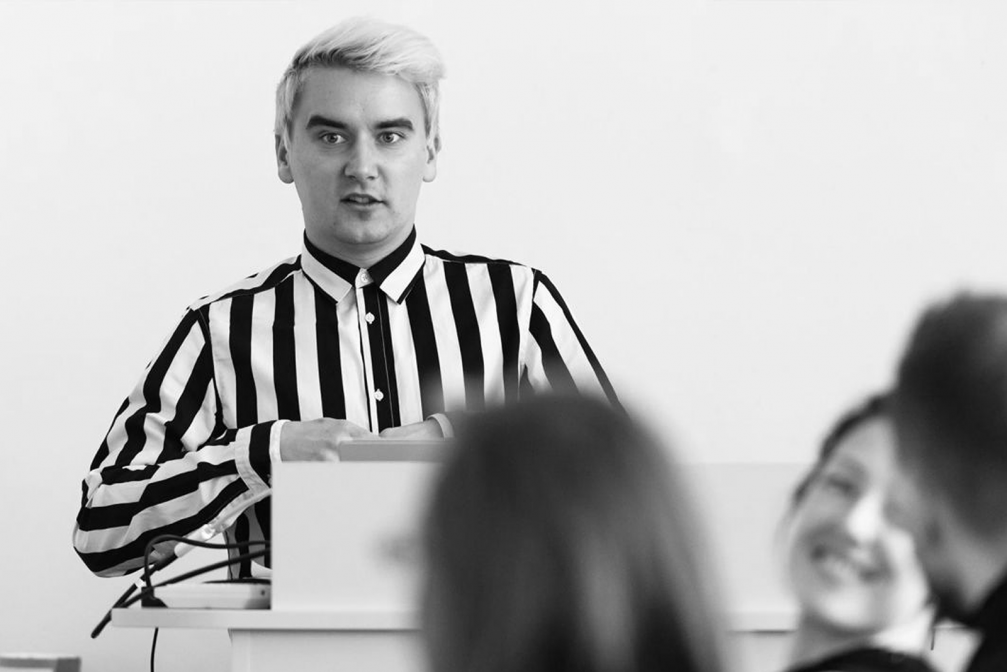
What are you expecting to see and what will you value the most when judging the works submitted to the National Design Award of Latvia?
First of all, thank you very much for inviting me to be a jury member. I’m really impressed to see the policy and public service design category because it’s very new. It’s quite unique to have it in a design competition, and I’m really excited to look at those entries. First of all, I will be looking for a proof of how citizens, users were engaged in developing those solutions. How the design approach was really applied throughout the development process, not only at the end of the process. I took three qualities that I want to examine every entry against. First of them is purposefulness. In today’s world, with an excess of everything, I want to see a clear purpose of why that thing needed to be created. The second one is empathy for the future. So, thinking in the longer term, not thinking about immediate profit, thinking about how this can affect future generations. And linked to that is the broad concept of value, not only in terms of how successful economically that was but the value for the people and for the planet.
There’s one final question that I ask every jury member of the NDAL. What is design for you, how do you define design?
That used to be my nightmare when I was writing academic papers or having those discussions «what is design?», because design means something different for everyone. For me, I think it’s a passion for improvement, large or small but constantly striving to make things better. There is this famous quote about design — it’s changing existing situations into preferred ones (by political scientist Herbert Simon — ed. note). I really like that quote, and that’s what design means for me.


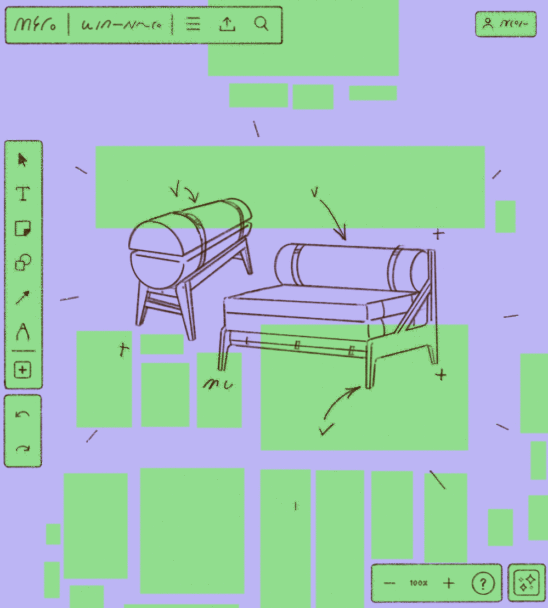
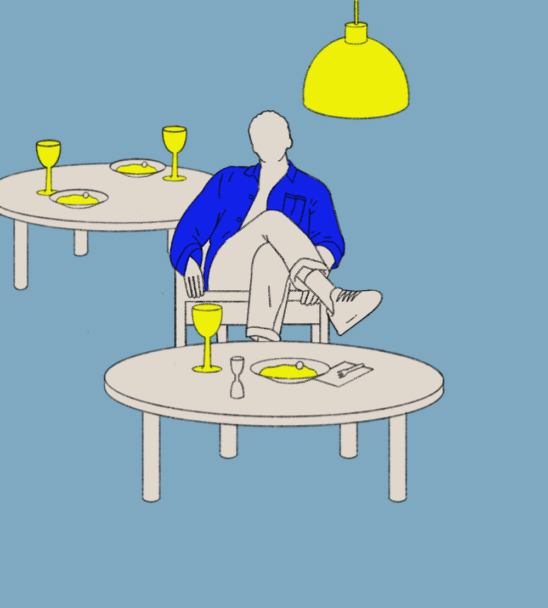
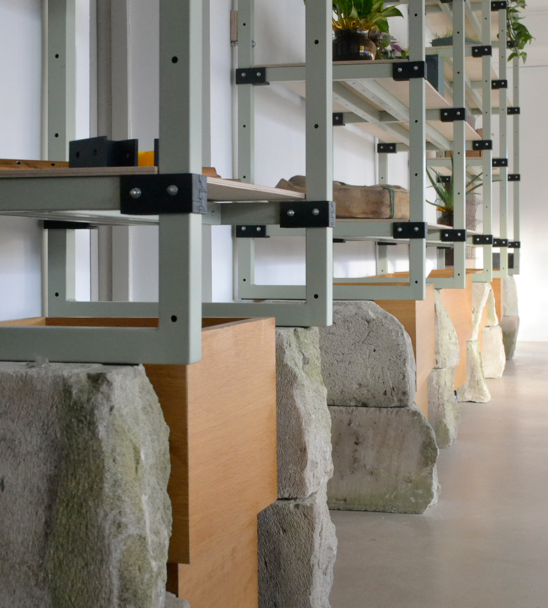
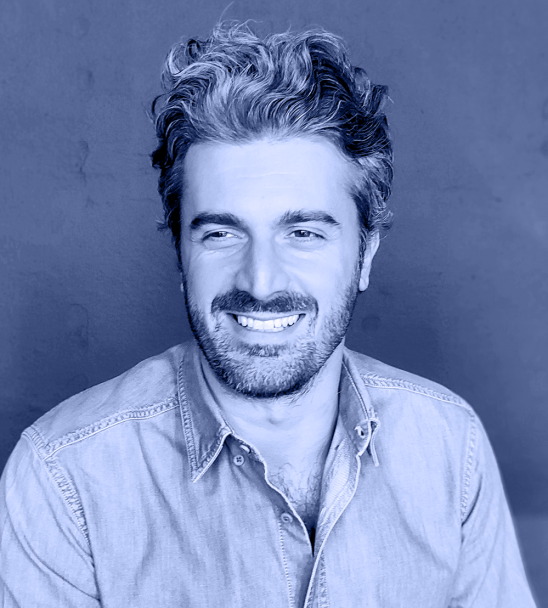
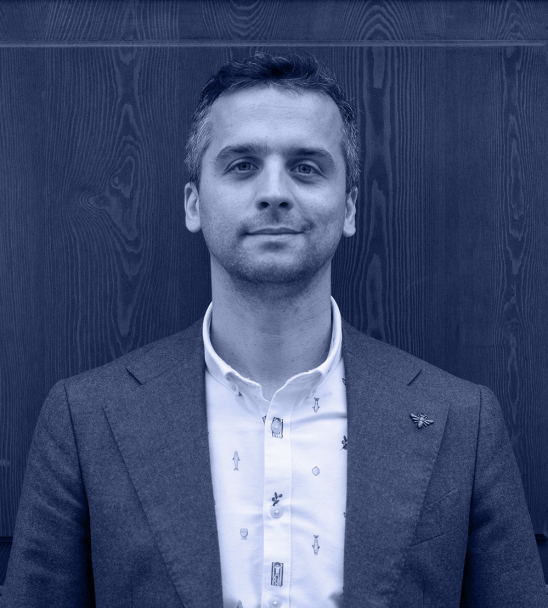
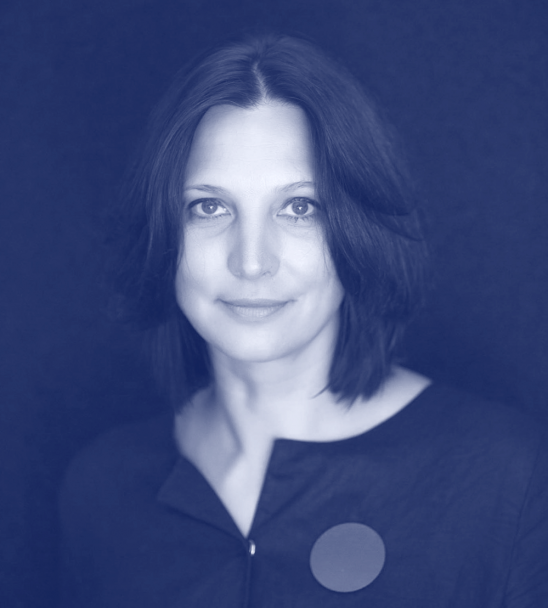

Viedokļi